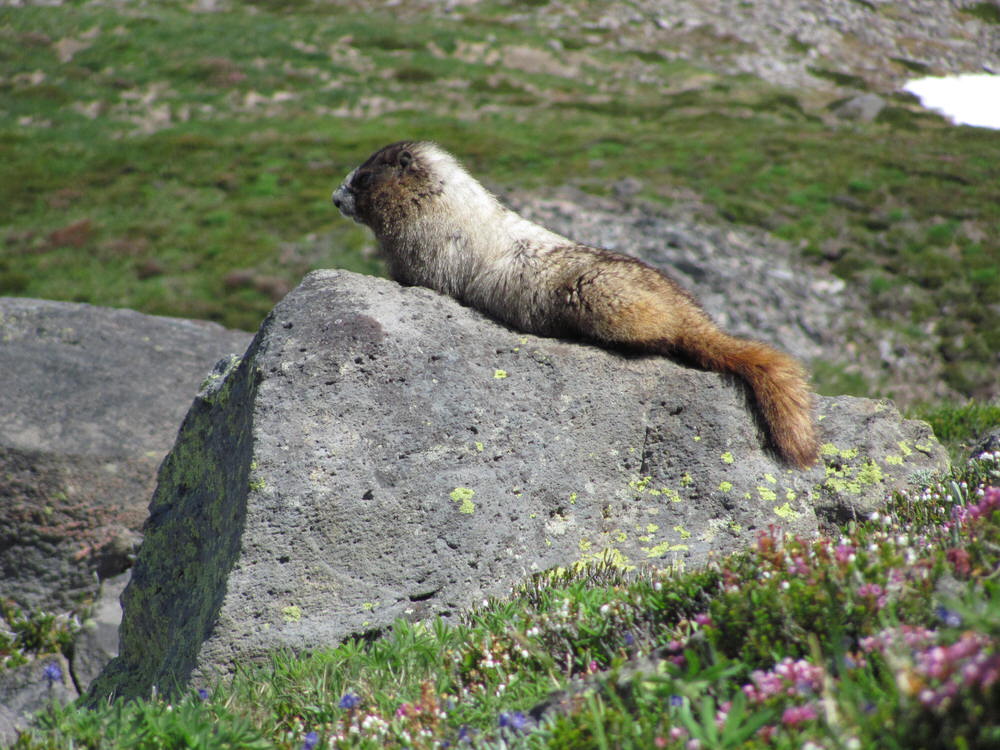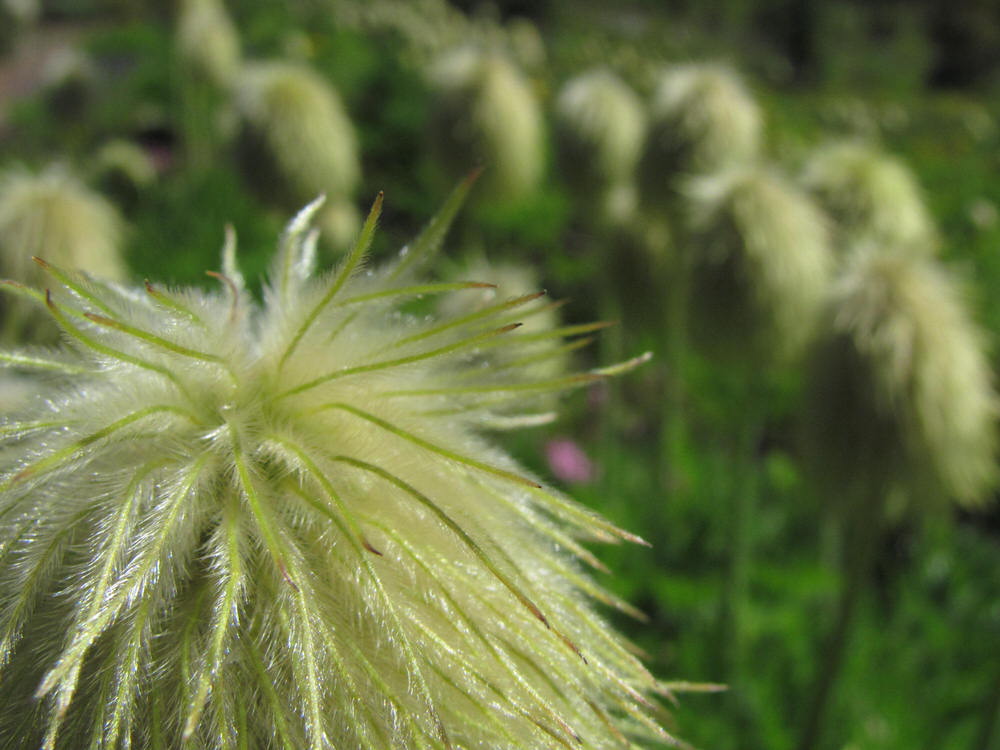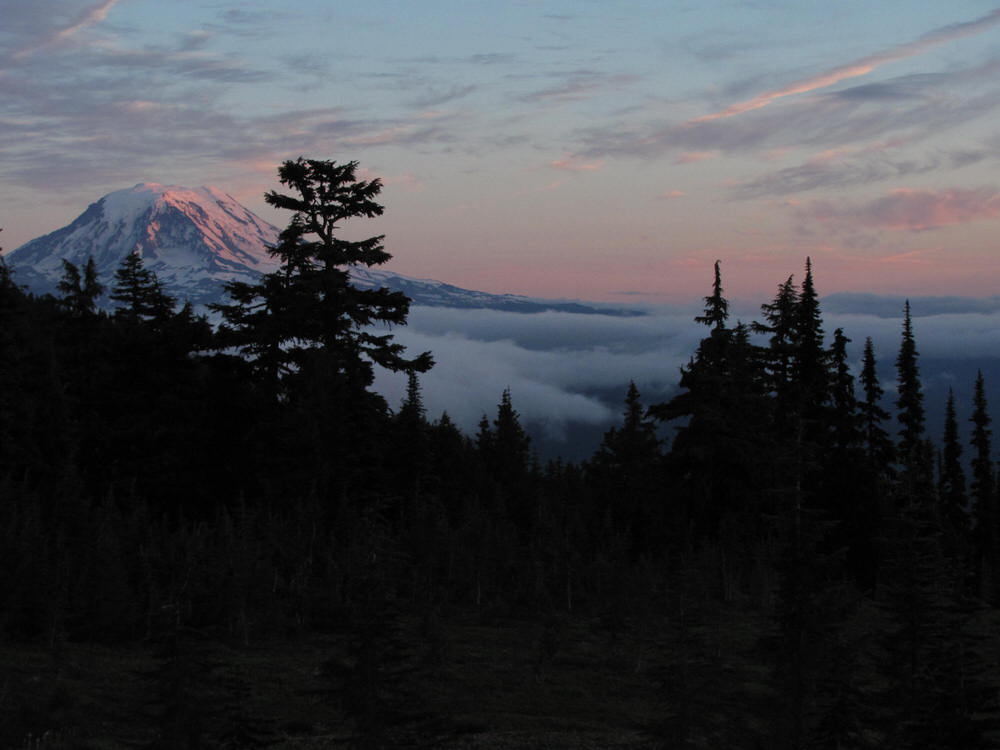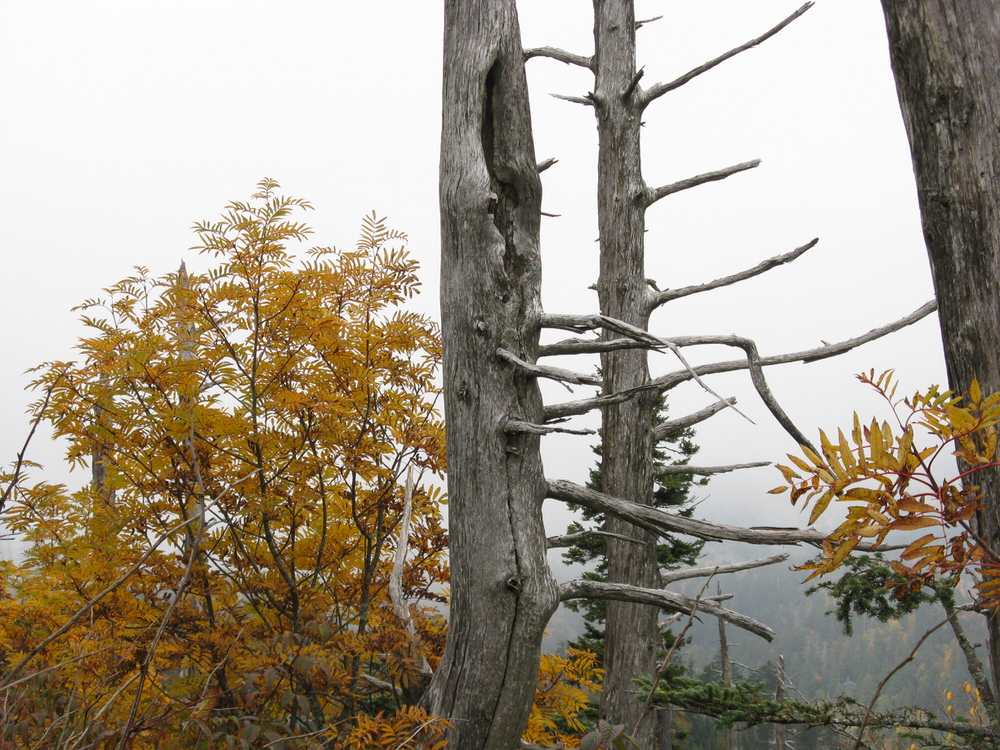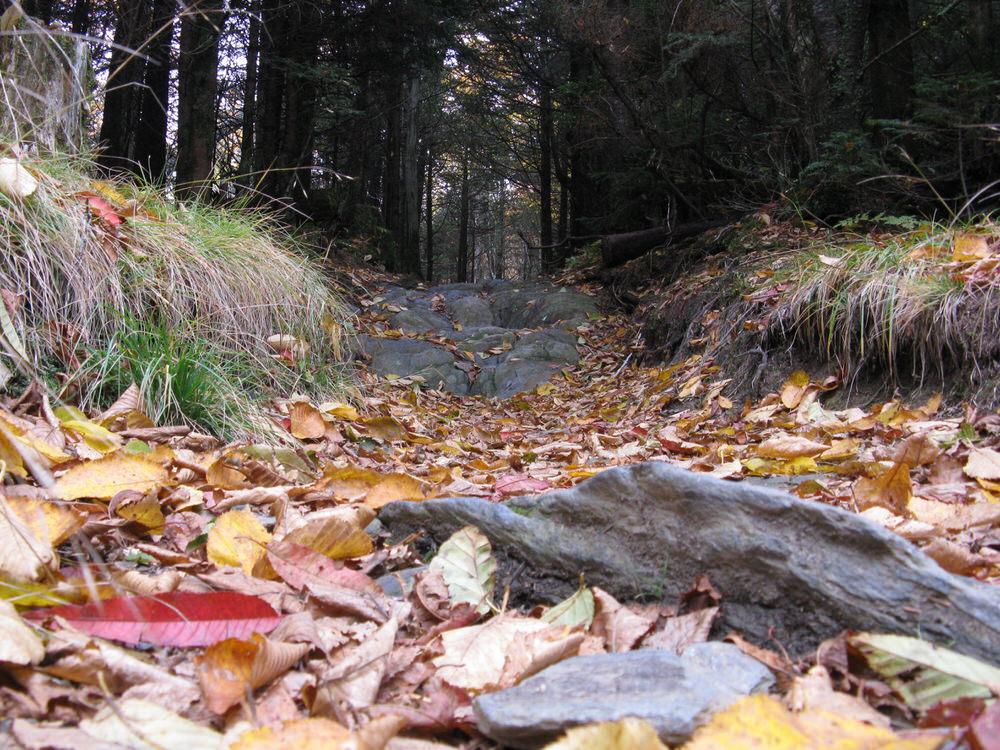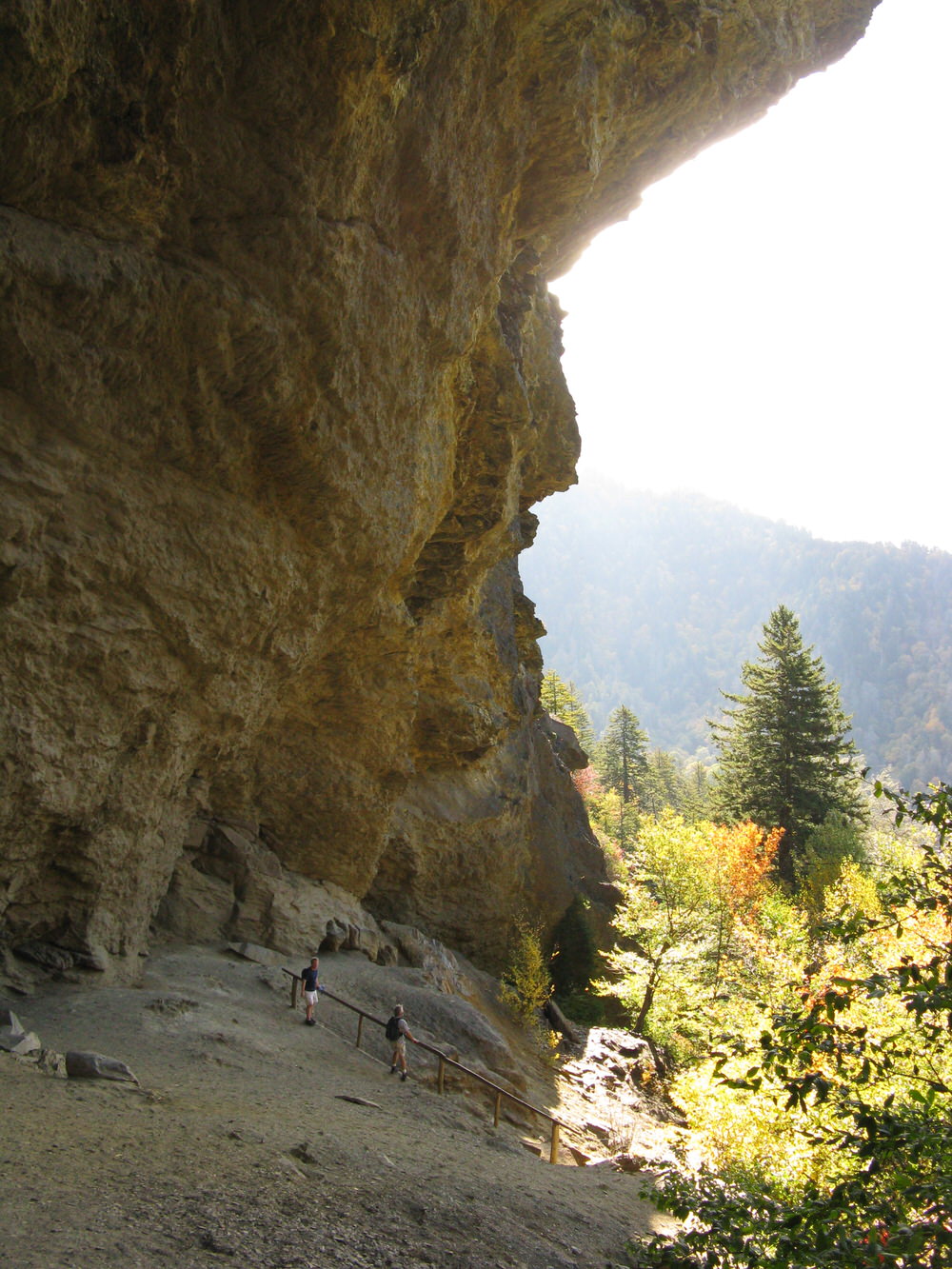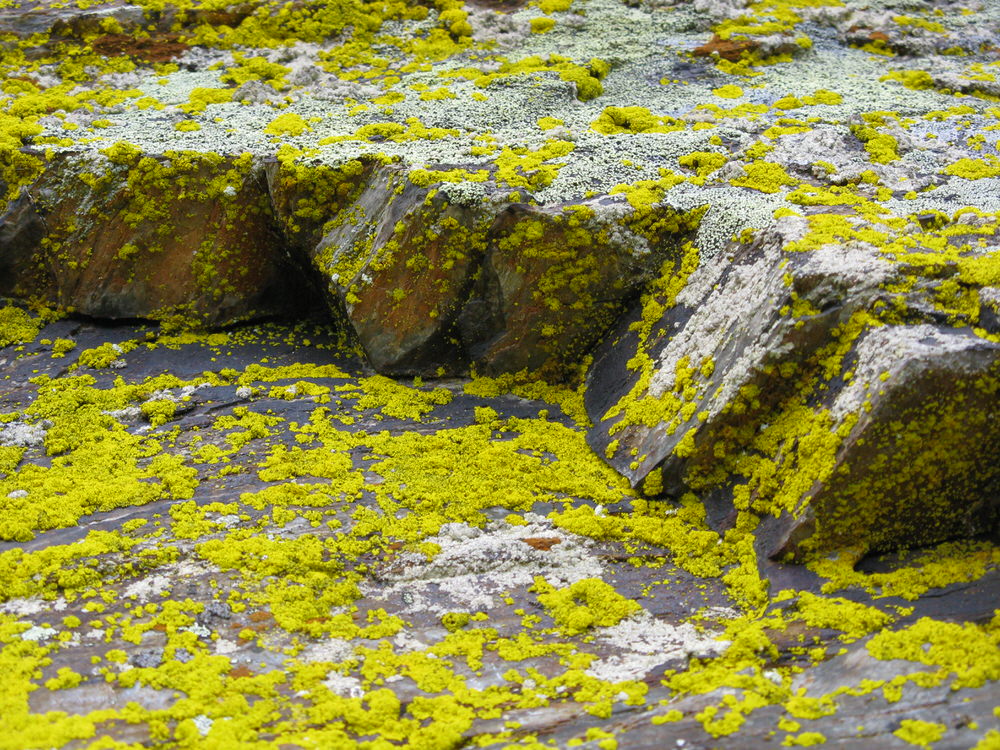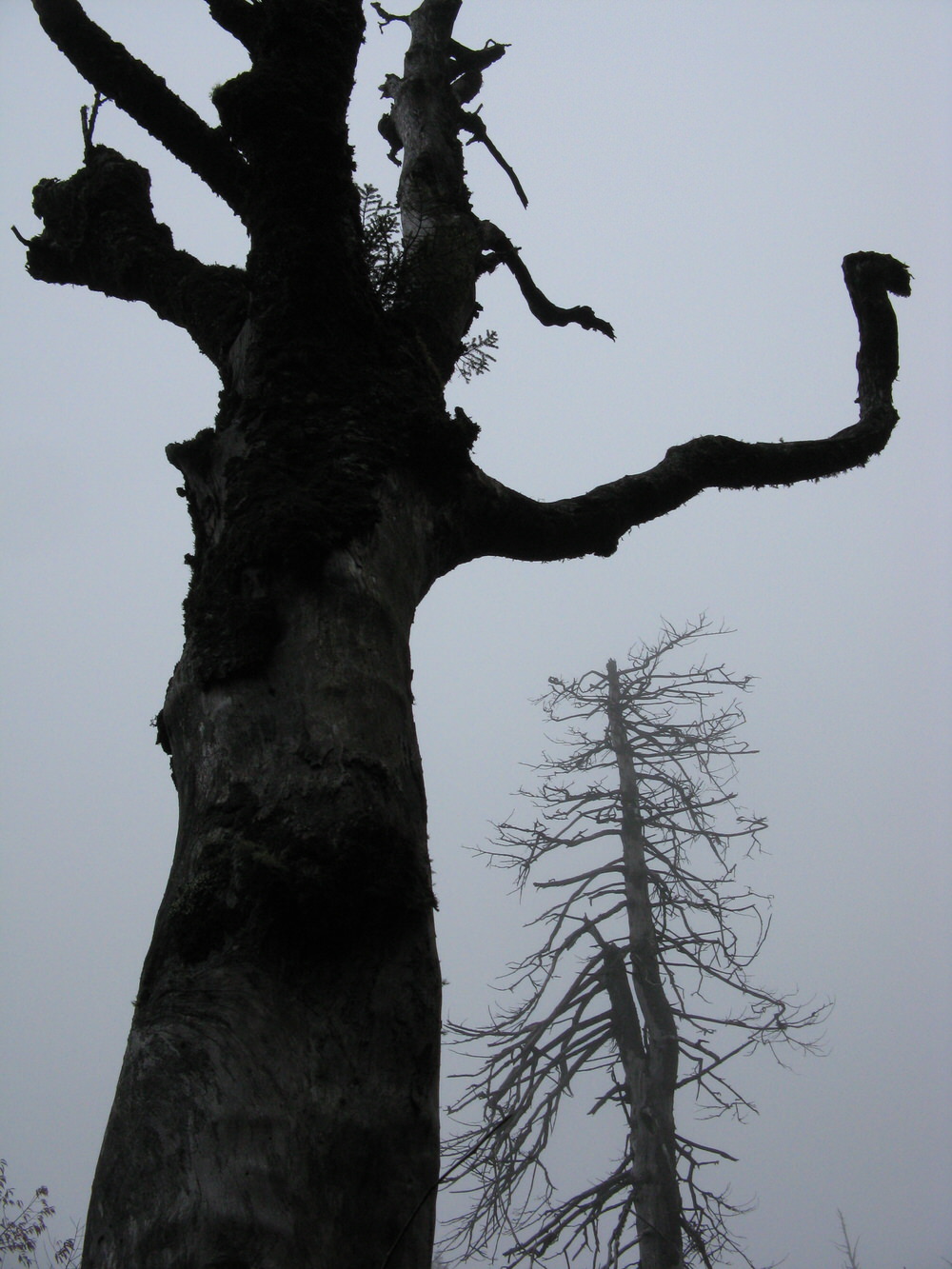 In the Goat Rocks Wilderness of southern Washington, the marmot population is acting particularly feisty these days. During the subalpine area's brief summer season, the groundhog-like creatures emerge from their rock piles to engage in epic pushing battles atop large boulders. On a recent backpacking trip, I witnessed multiple skirmishes between the pear-shaped creatures, who would stand nose to nose on their hind legs, shoving each other like 8-year-old boys on the playground.
In the Goat Rocks Wilderness of southern Washington, the marmot population is acting particularly feisty these days. During the subalpine area's brief summer season, the groundhog-like creatures emerge from their rock piles to engage in epic pushing battles atop large boulders. On a recent backpacking trip, I witnessed multiple skirmishes between the pear-shaped creatures, who would stand nose to nose on their hind legs, shoving each other like 8-year-old boys on the playground.
The 105,600-acre wilderness between Mount Rainier and Mount Adams in the Cascade Mountain Range is absolutely beautiful during the summer. Glaciers melt into creeks and cascade downhill, catching sunlight as they ribbon through the grass. Red columbine, pink mountain heather, long-leaved phlox, lupine, shooting stars and red paintbrushes bloom in the meadows. And packs of musky-smelling mountain goats roam the high hillsides, dipping their large rectangular heads to munch the grass.
We saw around 10 mountain goats grazing on the hillsides above the trail. Here is one, for example.
My friend Tim and I started hiking at the Berry Patch trail head mid-afternoon on a Sunday and spent the following two days exploring. We passed through the flowered Jordan Creek Basin — a.k.a. Paradise! — and climbed up Goat Ridge to Goat Lake, which was still frozen except for a few crescents of melted turquoise water around the edges. We set up a base camp less than a mile down the trail in a hemlock grove overlooking Goat Creek Valley, executing, in the process, a picture-perfect bear-bag hang — high off the ground and far from the tree trunk. We proceeded to take numerous pictures of our work, and we're pretty sure other hikers did too, when we weren't in camp. The following day, we hiked across meadows, rock fields and snow pack to the top of Old Snowy, a 7,930-foot peak above our camp that afforded incredible views of Mount Adams to the south and Mount Rainier to the north.
Red columbine and raindrops
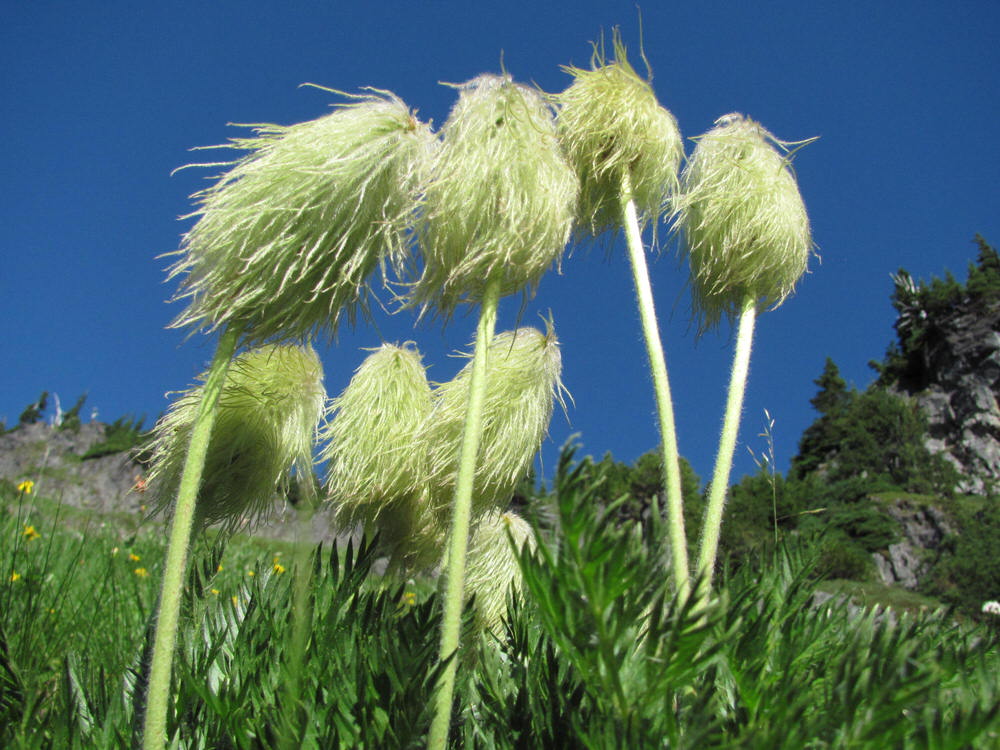 The seed pods of the Pasque flower, also known, appropriately, as mop heads
The seed pods of the Pasque flower, also known, appropriately, as mop heads
The mop heads kind of resemble furry sea anemones.
Here, the mature Pasque Flower, which likely wants nothing to do with its crazy-headed younger siblings.
 The avalanche lily blooms one to two weeks after snow melt.
The avalanche lily blooms one to two weeks after snow melt.
Tim climbing toward Old Snowy
Mount Adams from the top of Old Snowy. As we stood among the rocks on top of Old Snowy, misty clouds swirled into the valleys below us, where they hung for the remainder of the trip.
 Sunset light from our campsite
Sunset light from our campsite
Mount Adams
Look at that beautiful bear-bag hang! Let me know if you want a copy of this pic.

